Product Overview
† commercial product
Phendimetrazine tartrate is a sympathomimetic amine classified under Schedule III of the U.S. Controlled Substances Act and is routinely compounded in 503A pharmacies as immediate-release 35 mg tablets, formulations that deliver pharmacodynamic activity approximating three evenly spaced immediate-release doses while lowering peak plasma exposure.
After oral administration, roughly 30 percent of the parent drug undergoes N-demethylation to the active metabolite phenmetrazine, producing a mean elimination half-life near four hours for both presentations and a clinical duration long enough to achieve once-daily or thrice-daily dosing strategies. The compound is absorbed rapidly from the gastrointestinal tract, shows minimal protein binding, and is cleared chiefly by renal excretion of unchanged drug together with phenmetrazine and phendimetrazine-N-oxide.
Therapeutically, the agent is indicated only as a short-term adjunct (a few weeks) to well-structured caloric restriction and behavioral modification programs in adults with a baseline body-mass index ≥ 30 kg/m² (or ≥ 27 kg/m² with comorbid risk factors). Because tolerance to anorectic effects can develop within weeks, prescribers are urged to discontinue therapy if incremental weight reduction of at least four pounds is not documented during the first month.
Routine follow-up should include blood-pressure checks, assessment of insomnia or agitation, and reinforcement of dietary adherence, recognizing that average incremental loss with stimulant monotherapy seldom exceeds one-half pound per week over placebo when lifestyle measures are rigorously applied.[1]
For adults, the common regimen is 35 mg immediate release taken one hour before each main meal; clinicians may initiate at 17.5 mg for sensitive patients and titrate upward based on tolerability and appetite control. Maximum daily exposure should not exceed 210 mg (six tablets).
Pediatric, geriatric, and renal-impairment dosing have not been established, and use in these groups is generally discouraged pending specialist consultation. Patients should be counseled that efficacy plateaus rapidly; if meaningful weight reduction-typically ≥5 percent of baseline weight-has not occurred by week 12, discontinuation is advised.[7]
Phendimetrazine functions primarily as a prodrug that requires hepatic and extra-hepatic demethylases to liberate phenmetrazine, a potent norepinephrine- and dopamine-releasing agent at presynaptic monoamine transporters. The active metabolite enters noradrenergic neurons via the dopamine and norepinephrine transporters, displacing endogenous catecholamines, reversing transporter flux, and thereby elevating synaptic concentrations in hypothalamic feeding centers, the nucleus accumbens, and locus coeruleus.
The resultant surge in catecholaminergic signaling suppresses hunger drive, increases basal metabolic rate through β-adrenergic thermogenesis, and may transiently improve executive function, which in turn aids dietary restraint.
Pharmacokinetic-pharmacodynamic modeling in preclinical electrophysiology demonstrates that the parent compound possesses weak transporter substrate activity but prolongs the apparent half-life of phenmetrazine, flattening the concentration-time curve and reducing subjective euphoria relative to equimolar phenmetrazine exposure.
Nevertheless, high or parenteral dosing can overwhelm this protective kinetic barrier, yielding psychostimulant-like effects. Importantly, serotonergic release is negligible, which differentiates phendimetrazine from earlier fenfluramine analogues implicated in valvulopathy; yet the dopaminergic component underlies residual abuse liability and necessitates schedule control.[2]
Absolute contraindications encompass advanced arteriosclerosis, symptomatic cardiovascular disease, moderate-to-severe hypertension, hyperthyroidism, glaucoma, agitation, history of substance misuse, and co-administration with monoamine-oxidase inhibitors within the preceding fourteen days.
Epidemiologic data linking long-term anorectic exposure to a 23-fold rise in primary pulmonary hypertension inform a maximum recommended duration of twelve weeks and mandate immediate discontinuation if exertional dyspnea, syncope, lower-extremity edema, or newly detected cardiac murmurs emerge.
The drug is also contraindicated in patients with structural valvular disease, congenital heart defects, or untreated arrhythmias because catecholaminergic stimulation can precipitate tachycardia and an increased afterload. In individuals with diabetes mellitus, rapid weight reduction and catecholamine-induced glycogenolysis may lower insulin requirements; careful glucose monitoring is advised.
Covert hyperthyroidism can amplify adrenergic responses and thus must be ruled out, and any history of glaucoma warrants avoidance owing to mydriatic effects that elevate intraocular pressure.[3]
Clinically significant interactions arise from additive sympathomimetic activity with other stimulants (including prescription amphetamines, over-the-counter decongestants, and high-caffeine supplements), potentiating hypertension, tachyarrhythmia, and CNS overstimulation. β-adrenergic blockers may blunt reflex tachycardia yet mask prodromal signs of catecholamine excess.
Concurrent use with serotonergic agents such as selective serotonin re-uptake inhibitors rarely precipitates serotonin syndrome because phendimetrazine lacks substantial 5-HT release, but caution is prudent when high-dose sertraline or linezolid is present. Acidifying urinary agents (ascorbic acid) increase renal clearance, shortening efficacy, whereas alkalinizing agents (sodium bicarbonate) prolong exposure and heighten adverse-event risk.
Phendimetrazine can modestly antagonize antihypertensive effects of adrenergic neuron blockers and potentiate pro-arrhythmic QT effects of tricyclic antidepressants; therefore, ECG monitoring should accompany any polypharmacy involving class IA or class III antiarrhythmics.[4]
Most patients experience dose-dependent insomnia, dry mouth, restlessness, or lightheadedness during the first week of therapy as central noradrenergic tone rises. Sympathomimetic vasoconstriction can produce palpitations, tremor, or transient blood-pressure elevations; serious cardiovascular events are uncommon at recommended doses but may manifest as chest pain or cerebrovascular accident in predisposed individuals.
Gastrointestinal complaints-constipation or nausea-reflect altered autonomic motility. Dermatologic urticaria signifies hypersensitivity and warrants discontinuation. Neuropsychiatric sequelae such as anxiety, irritability, or, rarely, stimulant psychosis have been reported, especially with supratherapeutic use.
Tachyphylaxis is characterized by diminished appetite suppression after several weeks, prompting reassessment rather than dose escalation. Abrupt cessation following prolonged high-dose intake can elicit fatigue and dysphoria, underscoring the need for tapered withdrawal in such scenarios.[5]
Under the legacy pregnancy-risk schema, phendimetrazine was categorized X, reflecting documented fetal harm in animal models and the absence of therapeutic benefit from maternal weight loss. Contemporary PLLR labeling removes the letter designation yet reiterates that sympathomimetic appetite suppressants confer no indication during gestation and may impair fetal growth, disrupt placental perfusion, or precipitate maternal hypertension.
Limited human data suggest an elevated baseline risk of spontaneous abortion and low birth weight when stimulant anorectics are misused, but methodological confounders preclude accurate quantification.
Lactation studies are similarly sparse; given the drug’s low molecular weight and basic pKa, breast-milk passage is anticipated, and nursing should be avoided. Women of reproductive potential should employ effective contraception during therapy and discontinue immediately if pregnancy is suspected.[6]
Store tablets in well-closed, light-resistant containers at 20 - 25 °C (68 - 77 °F); brief excursions permitted between 15 °C and 30 °C need not compromise potency when humidity is controlled below 60 percent. Extended-release formulations contain osmotic matrices sensitive to hydrolysis; desiccant packs in original bottles should remain until final dose use. Disposal of unused stimulant medication should follow DEA take-back protocols to prevent diversion.[8]
- Phendimetrazine tartrate extended-release capsules package insert. Princeton, NJ: Sandoz Inc.; 2011 Oct.
- Phendimetrazine tartrate extended-release capsules package insert. Laurelton, NY: Eon Labs Manufacturing, Inc.; 1994 Apr.
- Elavil® (amitriptyline) package insert. Wilmington, DE: AstraZeneca Pharmaceuticals LP; 2000 Dec.
- Aventyl® (nortriptyline) package insert. Indianapolis, IN: Eli Lilly and Company; 1998 Aug.
- Vivactil® (protriptyline) package insert. East Hanover, NJ: Odyssey Pharmaceuticals, Inc.; 2003 Jan.
- Chan JC, Cockram CS, Critchley JA. Drug-induced disorders of glucose metabolism. Mechanisms and management. Drug Saf 1996;15:135-57.
- Turtle, J.R. and Burgess, J.A. Hypoglycemic effect of fenfluramine in diabetes mellitus. Diabetes 1973; 22:858.
- Schmeling WT, Warltier DC, McDonald DJ, et al. Prolongation of the QT interval by enflurane, isoflurane, and halothane in humans. Anesth Analg 1991;72:137-44.
- Kuenszberg E, Loeckinger A, Kleinsasser A, et al. Sevoflurane progressively prolongs the QT interval in unpremedicated female adults. Eur J Anaesthesiol 2000;17:662-4.
- Enflurane package insert. Buffalo, NY: MINRAD Inc.; 2001 Jan.
- Ultane® (sevoflurane) package insert. North Chicago, IL: Abbot Laboratories; 2003 Aug.
- Halothane, USP package insert. North Chicago, IL: Abbott Laboratories; 1998 Mar.
- Schifano F, Oyefeso A, Corkery J, et al. Death rates from ecstasy (MDMA, MDA) and polydrug use in England and Wales 1996-2002. Hum Psychopharmacol. 2003 Oct;18:519-24.
- Unithroid™ (levothyroxine sodium tablets, USP) package insert. Bohemia, NY: Jerome Stevens Pharmaceuticals, Inc.; 2000 Aug.
- Levothroid (levothyroxine sodium tablet) package insert. Shenandoah, IA: Lloyd Pharmaceutical; 2011 June.
- Armour Thyroid® package insert. St. Louis, MO: Forest Pharmaceuticals Inc.; 2002 November.
- Strattera® (atomoxetine) package insert. Indianapolis, IN: Eli Lilly and Company; 2008 May.
- Wellbutrin XL® (bupropion) package insert. Research Triangle Park, NC: GlaxoSmithKline; 2006 June.
1.A-S Medication Solutions. (2024). Phendimetrazine tartrate tablets, USP 35 mg, CIII [Package insert]. DailyMed. https://dailymed.nlm.nih.gov/dailymed/getFile.cfm?setid=f1d265e1-522e-4a62-afda-29477fb94b8d
2.Solis, E., Jr., Suyama, J. A., Lazenka, M. F., DeFelice, L. J., Negus, S. S., & Banks, M. L. (2016). Dissociable effects of the prodrug phendimetrazine and its metabolite phenmetrazine at dopamine transporters. Scientific Reports, 6, 31385. https://doi.org/10.1038/srep31385
3.U.S. Food and Drug Administration. (2019). Phendimetrazine tartrate prescribing information [Label]. https://www.accessdata.fda.gov/drugsatfda_docs/label/2019/018074s036lbl.pdf
4.Medicine..com. (2020, February 10). Phendimetrazine: Dosage, mechanism/onset of action, half-life. https://www.medicine.com/drug/phendimetrazine/hcp
5.ScienceDirect Topics. (2025). Phendimetrazine tartrate - clinical pharmacology overview. https://www.sciencedirect.com/topics/medicine-and-dentistry/phendimetrazine-tartrate
6.Drugs..com. (2024). Phendimetrazine use during pregnancy. https://www.drugs.com/pregnancy/phendimetrazine.html
7.Pagliaro, L. A., & Pagliaro, A. M. (2019). Phendimetrazine. In Psychotropic drugs: A comprehensive desk reference . Routledge. https://doi.org/10.4324/9781315825731-86
8.Drugs..com. (2023). Phendimetrazine [Professional monograph]. https://www.drugs.com/pro/phendimetrazine.html
9.National Cancer Institute. (2019). Phendimetrazine tartrate (C47667). NCI Thesaurus. https://www.qeios.com/read/Q0NBJG/pdf
10.Patsnap Synapse. (2024). What is the mechanism of phendimetrazine tartrate? https://synapse.patsnap.com/article/what-is-the-mechanism-of-phendimetrazine-tartrate
11.Banks, M. L., Blough, B. E., Fennell, T. R., Snyder, R. W., & Negus, S. S. (2013). Role of phenmetrazine as an active metabolite of phendimetrazine: Evidence from studies of drug discrimination and pharmacokinetics in rhesus monkeys. Drug and Alcohol Dependence, 130(1), 158-166. https://doi.org/10.1016/j.drugalcdep.2012.10.026
12.Abenhaim, L., Moride, Y., Brenot, F., Rich, S., Benichou, J., Kurz, X., … Begaud, B. (1996). Appetite-suppressant drugs and the risk of primary pulmonary hypertension. The New England Journal of Medicine, 335(9), 609-616. https://doi.org/10.1056/NEJM199608293350901
13.Velazquez, A., & Apovian, C. M. (2018). Pharmacological management of obesity. Minerva Endocrinology, 43(3), 356-366. https://doi.org/10.23736/S0391-1977.17.02654-2
14.Pharmacy Times. (2024, November 7). GLP-1s are at the forefront, but other obesity treatments exist. https://www.pharmacytimes.com/view/glp-1s-are-at-the-forefront-but-other-obesity-treatments-exist
15.Oscar Health. (2024). Clinical guideline: Weight loss agents (PG070, Version 6). https://assets.ctfassets.net/plyq12u1bv8a/5rTRTP1nDdy4cUqmvgqewP/d859710b71ddc18c24e38f4c25270699/PG070_Weight_Loss_v6.pdf
16.Blue Cross Blue Shield Federal Employees Program. (2025, January). Weight-loss medications medical policy (Policy 5.99.027). https://www.fepblue.org/-/media/PDFs/Medical-Policies/2025/January/Pharmacy-Policies/Remove-and-Replace/5_99_027-Weight-Loss-Medications.pdf
17.Panuganti, N., et al. (2025). Safety and effects of anti-obesity medications on weight loss: A network meta-analysis. EClinicalMedicine, 70, 100599. https://doi.org/10.1016/S2589-5370(24)00599-6
18.Stăcescu, Ș., Hancu, G., Podar, D., Todea, Ș., & Tero-Vescan, A. (2023). A historical overview upon the use of amphetamine derivatives in the treatment of obesity. Journal of Pharmaceutical Care, 11(2), 105-119. https://jpc.tums.ac.ir/index.php/jpc/article/view/274
What class of medication is phendimetrazine tartrate?
It is a sympathomimetic amine prodrug of phenmetrazine that functions as an appetite suppressant through catecholamine release.[9]
How soon after ingestion does appetite suppression begin?
Onset is typically within 45 minutes for immediate-release dosing, with peak effect at two hours and sustained satiety up to four hours.[10]
Does the drug carry abuse potential?
Yes-although lower than amphetamine, animal and human data show reinforcing properties at supratherapeutic doses, warranting Schedule III control.[11]
Why is therapy usually limited to a few weeks?
Epidemiologic evidence links prolonged sympathomimetic use to pulmonary hypertension and diminishing efficacy due to tachyphylaxis.[12]
What degree of weight loss can patients expect?
Contemporary reviews report average additional loss of 4-6 percent body weight over placebo at 12 weeks when combined with dietary counseling.[13]
How does it compare with GLP-1 agonists?
GLP-1 agents achieve larger, more durable weight reduction but are injectable, costly, and distinct in adverse-effect profiles; oral stimulants remain an accessible short-term option.[14]
Can phendimetrazine be combined with other anti-obesity drugs?
Current utilization guidelines advise against dual sympathomimetic therapy; combination with agents of differing mechanisms is generally avoided outside research settings.[15]
Will insurance cover compounded phendimetrazine?
Many plans exclude short-term anorectics or require strict prior authorization demonstrating BMI criteria and documented lifestyle intervention.[16]
What cardiovascular safety monitoring is advised?
Baseline and periodic blood-pressure checks and evaluation for exertional dyspnea or edema are essential, given meta-analytic signals of modest risk elevation.[17]
Are there emerging alternatives if patients relapse?
Ongoing research into multi-agonist peptides and oral small-molecule incretin mimetics promises broader options for chronic management beyond sympathomimetic stimulants.[18]
Disclaimer: This compounded medication is prepared under section 503A of the U.S. Federal Food, Drug, and Cosmetic Act. Safety and efficacy for this formulation have not been evaluated by the FDA. Therapy should be initiated and monitored only by qualified healthcare professionals.
503A vs 503B
- 503A pharmacies compound products for specific patients whose prescriptions are sent by their healthcare provider.
- 503B outsourcing facilities compound products on a larger scale (bulk amounts) for healthcare providers to have on hand and administer to patients in their offices.
Frequently asked questions
Our team of experts has the answers you're looking for.
A clinical pharmacist cannot recommend a specific doctor. Because we are licensed in all 50 states*, we can accept prescriptions from many licensed prescribers if the prescription is written within their scope of practice and with a valid patient-practitioner relationship.
*Licensing is subject to change.
Each injectable IV product will have the osmolarity listed on the label located on the vial.

Given the vastness and uniqueness of individualized compounded formulations, it is impossible to list every potential compound we offer. To inquire if we currently carry or can compound your prescription, please fill out the form located on our Contact page or call us at (877) 562-8577.
We source all our medications and active pharmaceutical ingredients from FDA-registered suppliers and manufacturers.

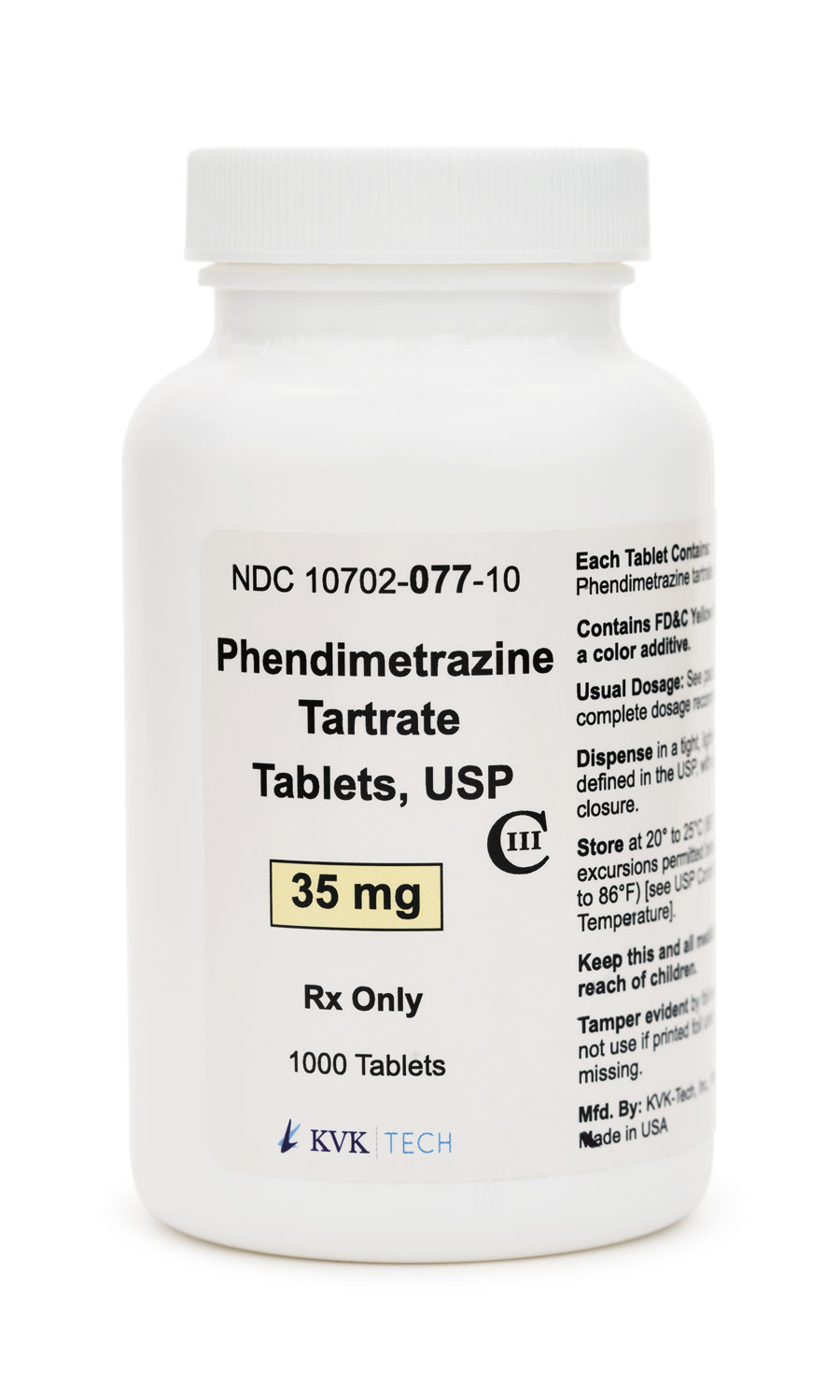
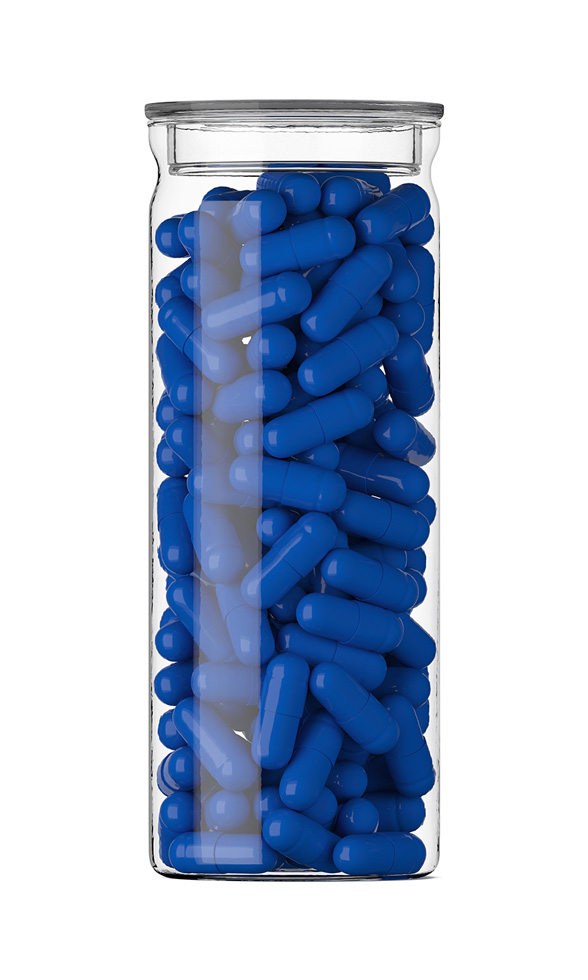 Phentermine HCl Capsules
Phentermine HCl Capsules Bella Capsules
Bella Capsules Lipo Burn Capsules
Lipo Burn Capsules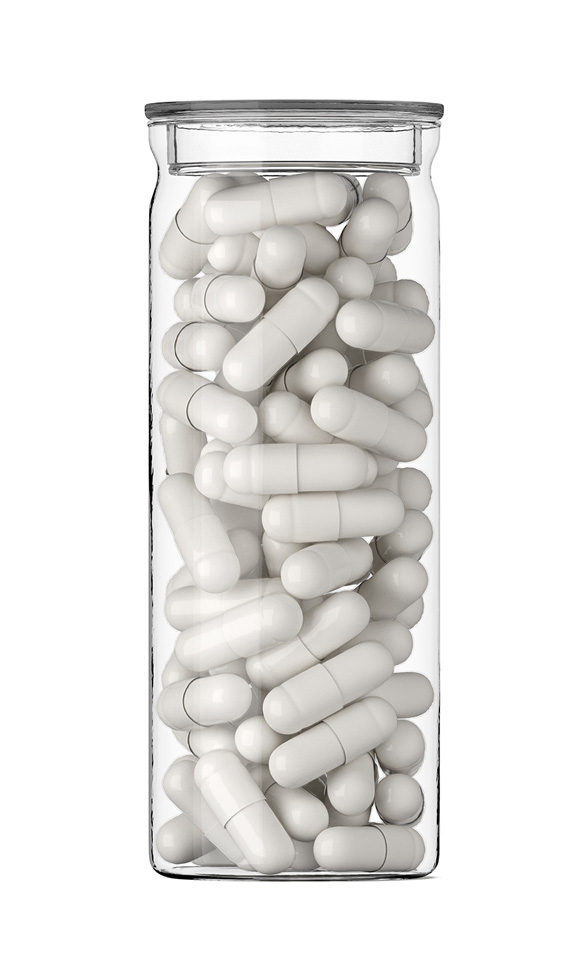 Phentermine HCl / Topiramate Capsules
Phentermine HCl / Topiramate Capsules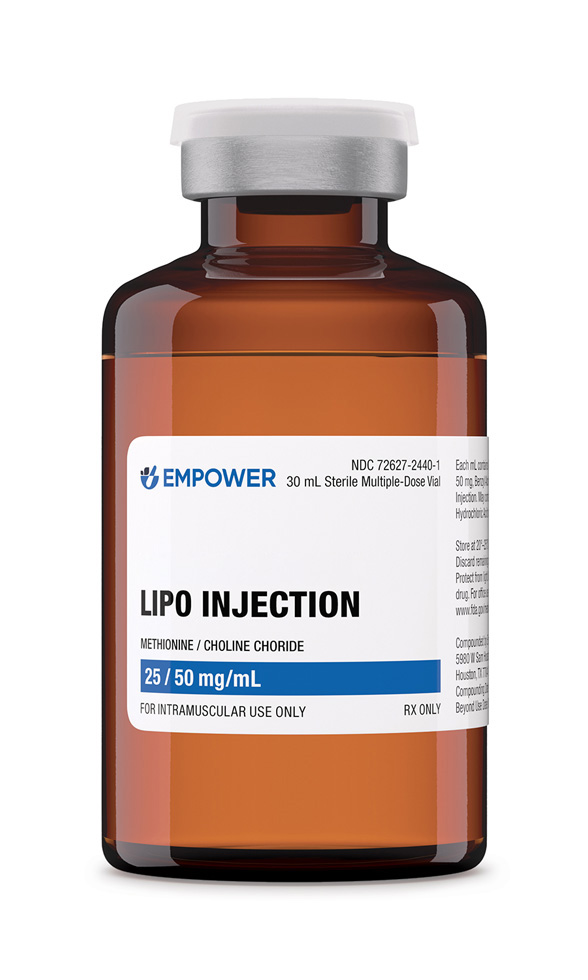 Lipo Injection
Lipo Injection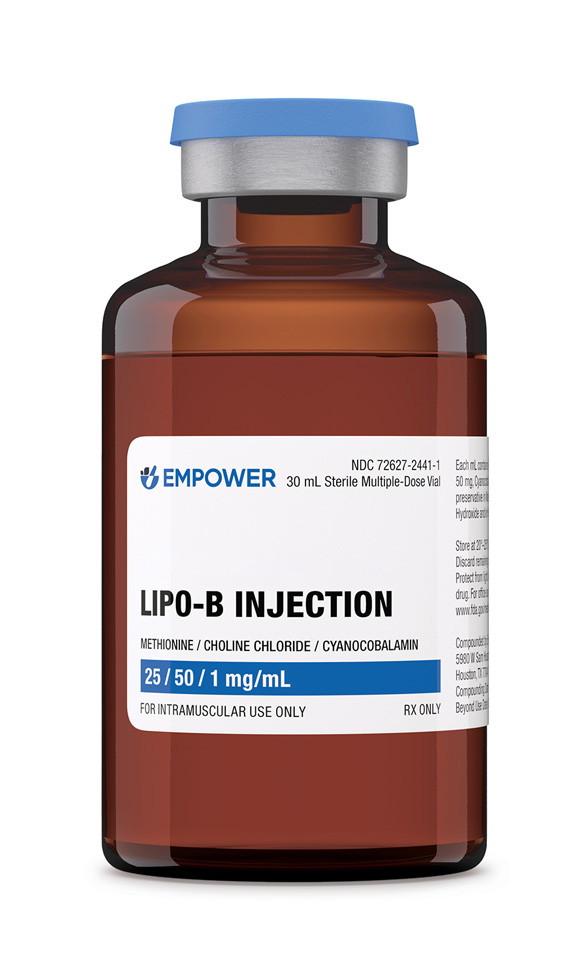 Lipo-B Injection
Lipo-B Injection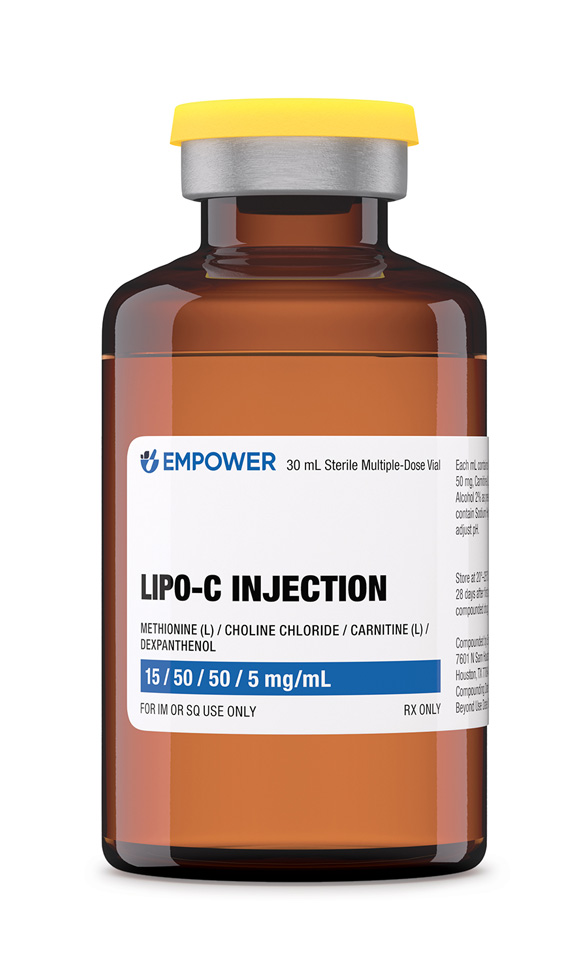 Lipo-C Injection
Lipo-C Injection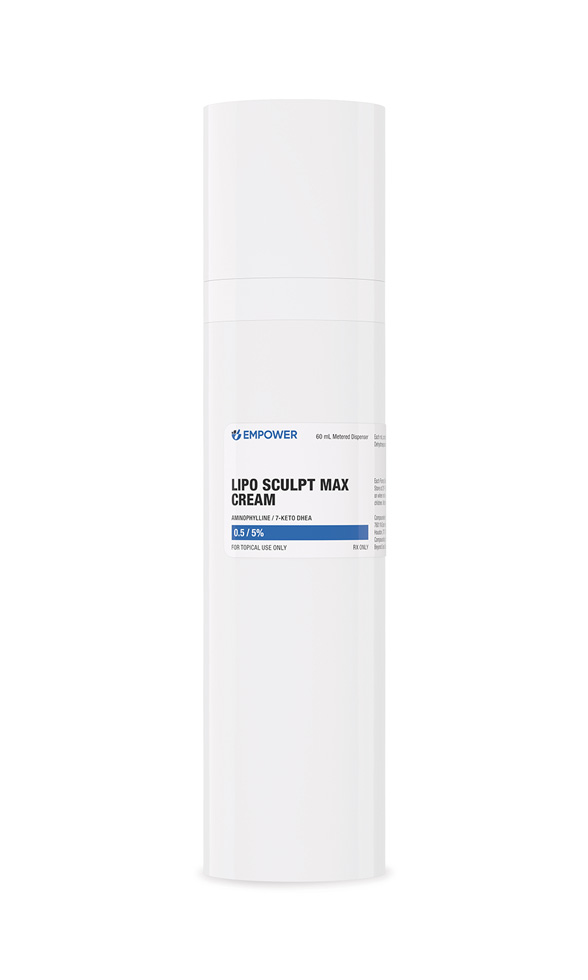 Lipo Sculpt Cream
Lipo Sculpt Cream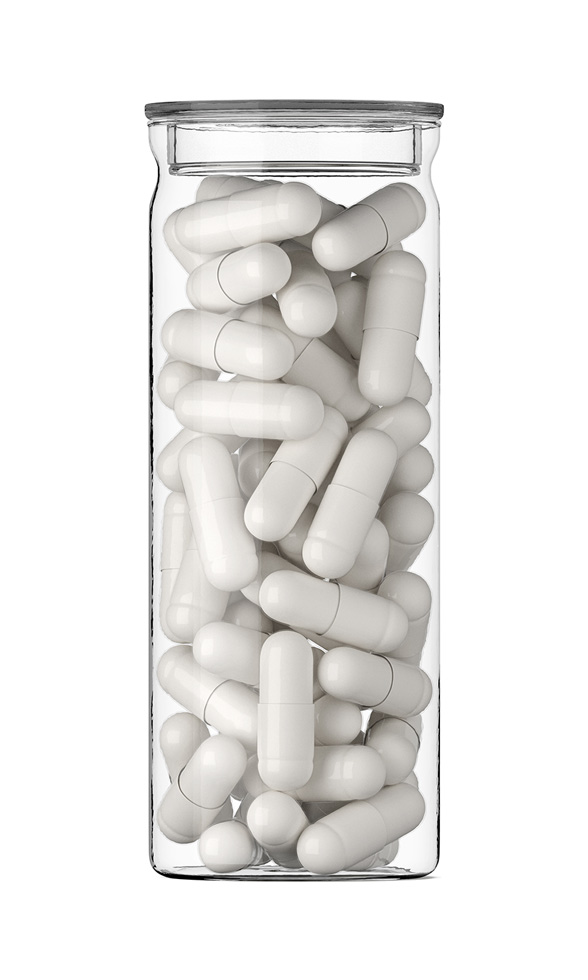 Metformin Synergy Capsules
Metformin Synergy Capsules